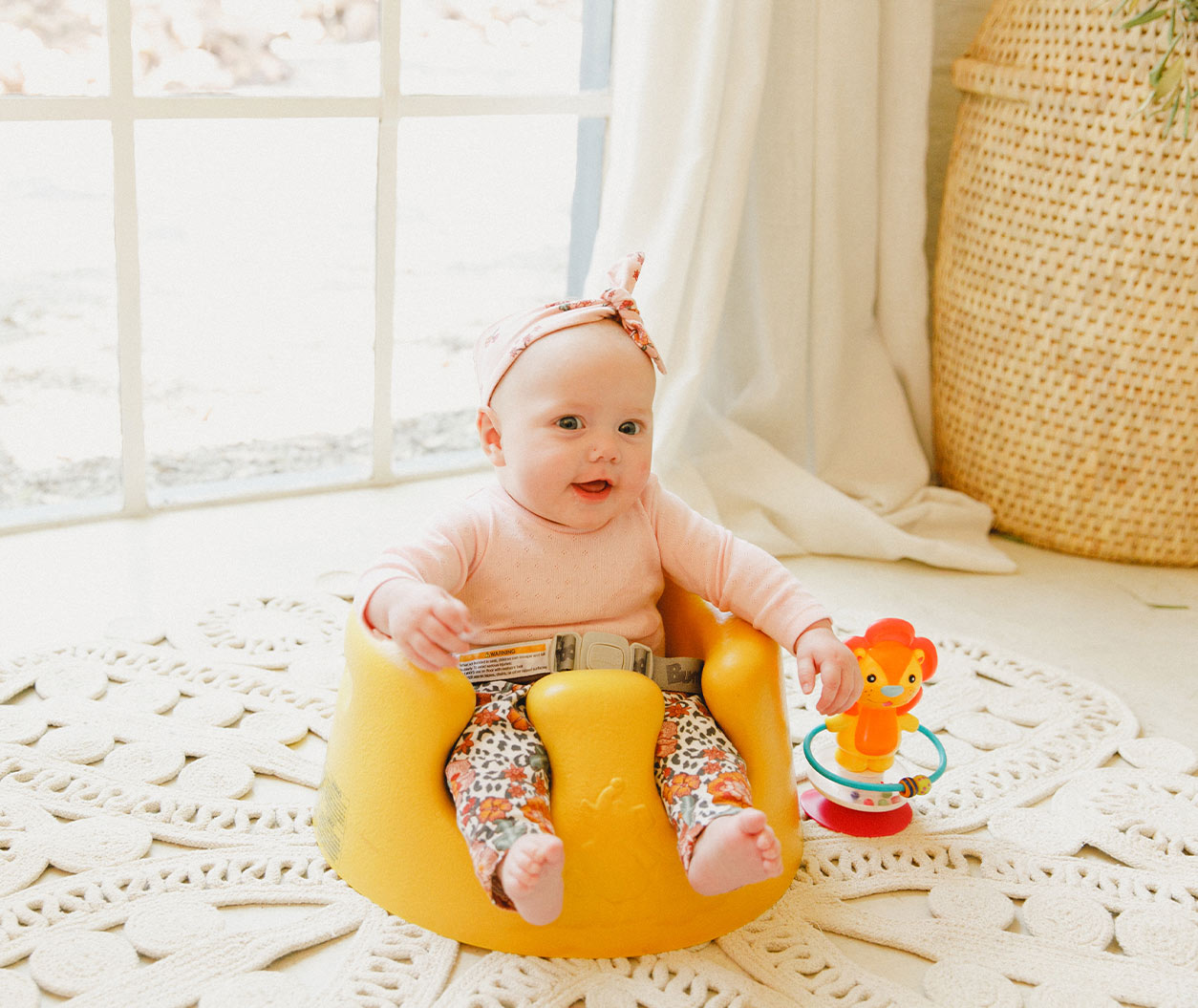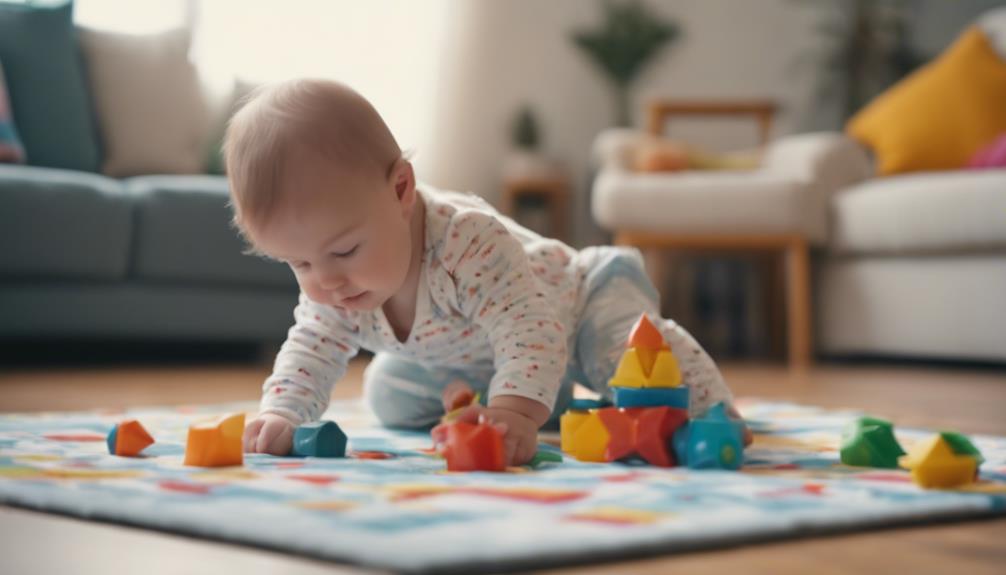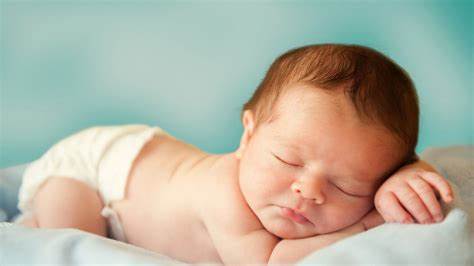Winter nights bring colder temperatures, and as a parent, one of your main worries is keeping your baby warm enough while they sleep. But it’s also crucial to avoid overheating and follow safe sleep guidelines. Loose blankets are not safe for babies due to the risk of suffocation and Sudden Infant Death Syndrome (SIDS). So, how do you dress your little one for a cozy, safe night’s sleep when it’s cold outside?
I remember feeling so unsure about this with my first baby. Was she too cold? Was she too hot? Checking on them constantly becomes part of the night. The key is layering and using the right sleepwear. Let’s break down how to do it.
Step 1: Determine the Room Temperature
The first step is to know how warm or cold your baby’s room is. The recommended temperature for a baby’s sleep environment is typically between 68-72°F (20-22°C).
- Use a simple room thermometer to check the temperature in the nursery.
- Aim to keep the room within that ideal range if possible. Adjusting your home’s thermostat can help.
Knowing the actual temperature helps you decide on the right amount of layers. If the room is colder or warmer than the ideal, you’ll adjust the sleepwear.
Step 2: Understand TOG Ratings
This was a game-changer for me when I learned about it. Many baby sleep items, especially sleep sacks, have a TOG (Thermal Overall Grade) rating. This number tells you how warm the fabric is. A higher TOG means warmer material.
- Lower TOG (like 0.5 or 1.0): Lighter, for warmer room temperatures or summer.
- Higher TOG (like 2.5 or 3.5): Warmer, for colder room temperatures or winter.
Think of TOG like the rating on a sleeping bag. It helps you match the sleepwear to the room temperature. You’ll find charts online (and sometimes on the product packaging) suggesting which TOG to use based on the room temperature and what the baby is wearing underneath.
How to Use TOG: Check the TOG rating of the sleep sack or wearable blanket you plan to use. Refer to a reliable TOG chart to see what base layers are recommended for your room temperature with that specific TOG rating.
Step 3: Choose the Base Layer
This is the layer your baby wears underneath the sleep sack.
- Onesie: A simple, short-sleeved or long-sleeved bodysuit.
- Footie Pajamas: A one-piece outfit that covers legs and feet.
In winter, a long-sleeved cotton or bamboo onesie or footie pajamas made from breathable material often works well as a base layer. Avoid fleece pajamas as a base layer under a warm sleep sack unless the room is very cold, as they can sometimes lead to overheating.
How to Choose: Select a comfortable, breathable base layer based on the room temperature and the TOG of the outer layer you plan to use. For colder rooms, footie pajamas offer warmth for the legs and feet.
Step 4: Add the Outer Layer: The Sleep Sack
This is the safest way to provide warmth over the base layer instead of using blankets. A sleep sack (also called a wearable blanket) is a garment worn over pajamas that zips up, keeping the baby warm without posing a suffocation risk.
- Choose a sleep sack with an appropriate TOG rating for your room temperature (as determined in Step 2). For typical winter room temperatures (68-72°F), a 1.0 or 2.5 TOG is common. If your room is consistently colder, you might consider a 2.5 or even 3.5 TOG, paired with a lighter base layer.
- Ensure the sleep sack fits correctly around the neck and arms so the baby cannot slip down inside.
How to Use a Sleep Sack: Dress your baby in their base layer, then place them inside the sleep sack and zip it up. Ensure their feet are at the bottom of the crib.
Step 5: Consider Additional Layers (Use Caution)
In very cold rooms (below 68°F/20°C), you might need one more thin layer.
- A thin, long-sleeved shirt or an extra thin onesie underneath the footie pajamas base layer before putting on the sleep sack might be an option.
How to Decide: Only add an extra layer if the room is consistently cold and your baby shows signs of being chilly (check their chest/back, not hands/feet!). Avoid bulky layers. Less is often more to prevent overheating.
What NOT to Use for Sleep
For safe sleep, never put these items in your baby’s crib:
- Loose Blankets: High risk of suffocation.
- Hats or Hoods: Can cause overheating and cover the face.
- Pillows or Cushions: Suffocation risk.
- Sleep Positioners or Bumpers: Suffocation risk.
- Excessive Bulky Layers: Can cause overheating, a known risk factor for SIDS. Snowsuits or thick jackets are too warm and not safe for sleeping.
How to Check if Your Baby is Comfortable
This is where the worry often comes in. Don’t rely on touching their hands or feet; these often feel cool naturally.
- Check the Back of Their Neck or Chest: This is the best indicator of their core temperature.
- Signs Your Baby is Too Hot: Sweaty neck or head, flushed cheeks, rapid breathing, heat rash. If they feel hot or sweaty here, remove a layer.
- Signs Your Baby is Too Cold: While rare if layered appropriately, their chest or back might feel cool to the touch. They might seem unsettled or wake more frequently.
How to Check: Gently slide your hand under their sleepwear and feel the back of their neck or their chest. Adjust layers based on what you feel and other signs.
Putting It All Together
Here’s a simple way I think about it:
- Know the Room Temp.
- Pick a Sleep Sack with a TOG rating suitable for that temp.
- Choose a Base Layer (onesie, footie pajamas) that complements the sleep sack’s TOG based on a reliable chart.
- Check Your Baby’s Temperature at their neck/chest once dressed or during the night. Adjust tomorrow night if needed.
Dressing your baby for sleep in winter involves balancing warmth with safety. By understanding room temperature, using TOG ratings, layering appropriately with a safe sleep sack, and knowing how to check your baby’s comfort level, you can help ensure they are both warm and safe throughout the night. It gets easier with practice, and soon you’ll find the system that works best for your baby and your home.





